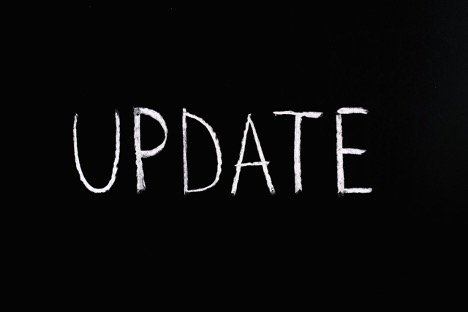On March 7, 2022, the Court updated its Standing Order Governing Proceedings (OGP) 4.0 – Patent Cases. Here are the highlights:
Venue and Jurisdictional Discovery
The Court updated the requirement of any venue or jurisdictional discovery to be completed from no later than three months[1] to no later than ten (10) weeks after the filing of an initial venue motion.
Parties shall file a notice of venue or jurisdictional discovery if the discovery will delay a response to a motion to transfer.
Inter-District Transfers
The Court updated the requirements for motions to transfer, which include Inter-District Transfers. A motion to transfer anywhere may be filed:
- Within three (3) weeks after the Case Management Conference (CMC)
OR
- Within eight (8) weeks of receiving or waiving service of the complaint, whichever is later.
The deadline for Plaintiff’s response is two (2) weeks after the completion of venue or jurisdictional discovery. The deadline for Defendant’s reply is two (2) weeks after the filing of the response. Although the title states “Inter-District Transfers,” the specific language within this section states “a motion to transfer anywhere may be filed . . . .”. This seems to also include intra-district transfers, which was not previously addressed by the Court’s standing orders or OGP.
The Court also added page limits and schedules for motions to transfer:
Brief | Page Limit | Schedule |
Opening | 15 Pages | |
Response | 15 Pages | Due fourteen (14) days after the completion of venue or jurisdictional discovery, if such discovery is conducted; Otherwise, fourteen (14) days after the Opening brief |
Reply | 5 Pages | Due fourteen (14) days after the Response brief |
In addition, the Court provided guidance for parties to submit a status report after filing a motion to transfer:
Indicate whether the motion to transfer has been fully briefed at each of the following times: |
(1) When the motion to transfer becomes ready for resolution;
|
(2) At four (4) weeks before the Markman hearing date if the motion to transfer remains unripe for resolution;
| |
(3) If there are multiple Markman hearings, the status report is due six (6) weeks before the first scheduled Markman hearing;
| |
(4) If by one (1) week before the Markman hearing the Court has not ruled on any pending motion to transfer, the moving party is directed to email the Court’s law clerk (and the technical advisor, when appointed), and indicate that the motion to transfer is pending.
|
If a motion to transfer to another district remains pending, the Court will either:
- Promptly resolve the pending motion before the Markman hearing
OR
- Postpone the Markman hearing
Whenever a Markman hearing is postponed pursuant to this OGP, Fact Discovery will begin one (1) day after the originally scheduled Markman hearing date.
Discovery Disputes:
The new OGP now has a sample chart for parties to reference when submitting discovery disputes. Additionally, the Court has limited submissions under this procedure for one issue disputes to 500 words or less, and if there are multiple issues, a maximum of 1,000 words in total.
Motions to Dismiss Indirect/Willful Infringement Claims:
The OGP added a new requirement for any party “seeking to dismiss claims of indirect or willful infringement [to] first meet and confer with the opposing party to discuss dismissing those allegations without prejudice, with leave to re-plead those allegations with specificity. . . .”. Such claims must be added within three (3) months after fact discovery opens. If a party files a motion to dismiss such claims, it must attach a certificate of compliance with the OGP in its motion.
One interesting side effect of this new requirement is what happens when a plaintiff only has potential claims for indirect infringement and not direct infringement? As one example, if a foreign defendant is not engaged in activities in the United States that fall under direct infringement pursuant to 35 U.S.C. § 271, a plaintiff’s potential claims are only for indirect infringement (i.e., the foreign company is inducing infringement in the U.S.). But if the plaintiff doesn’t have a direct infringement claim to hang its hat on pre-fact discovery, how can it get to fact discovery to develop the claim for indirect infringement? Time will tell.
Default Schedule Edits
The Court also added several deadlines to its default schedule provided in Appendix A of the OGP. Specifically, the Court now requires the following deadlines:
Deadline | Item |
8 weeks after receiving or waiving service of complaint or 3 weeks after the CMC, whichever is later. | Deadline to file a motion for inter-district transfer. After this deadline, movants must seek leave of Court and show good cause for the delay. |
19 weeks after CMC | Parties to jointly email the law clerks (txwdml_lawclerks_wa_judgealbright@txwd.uscourts.gov) to confirm their Markman date. |
[1] Amended Standing Order Regarding Venue and Jurisdictional Discovery Limits for Patent Cases, June 8, 2021, Amended Standing Order Regarding Venue and Jurisdictional Discovery Limits for Patent Cases 060821.pdf (uscourts.gov).

